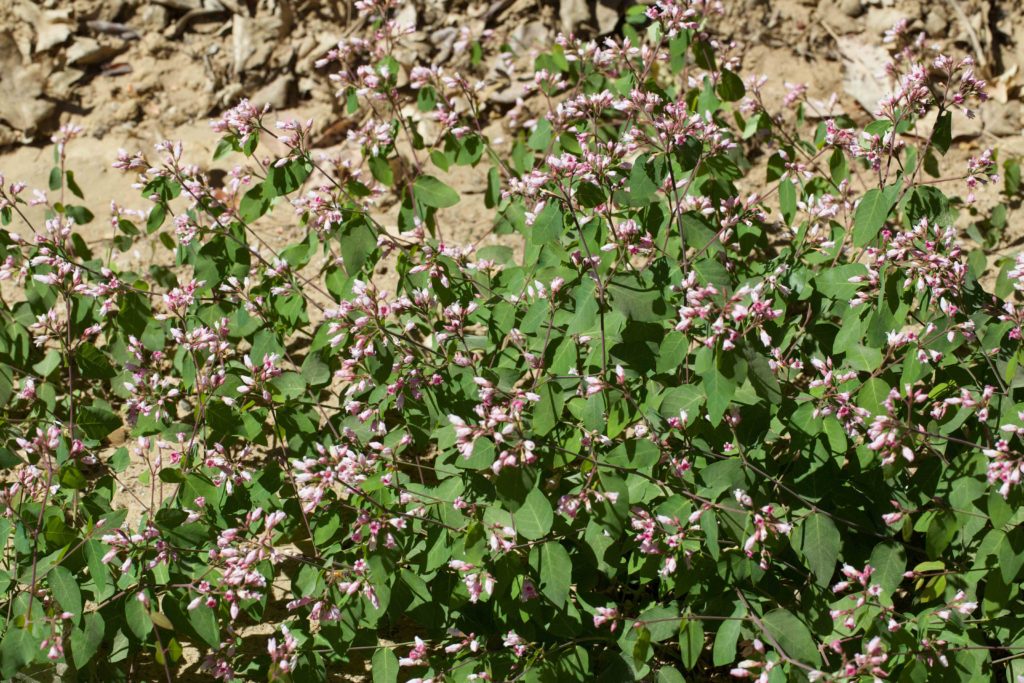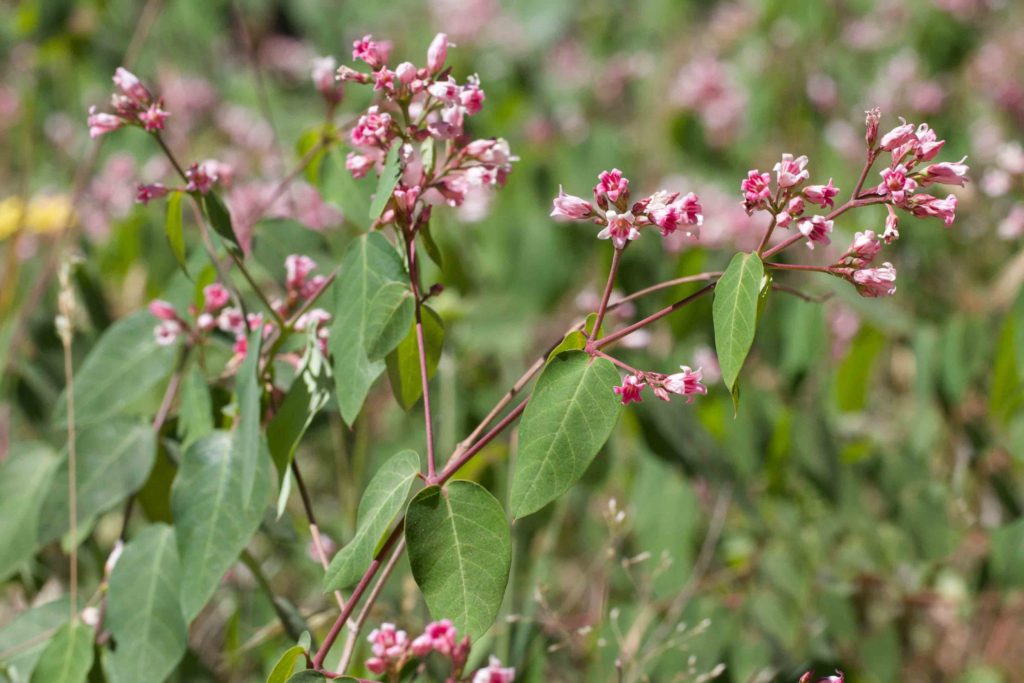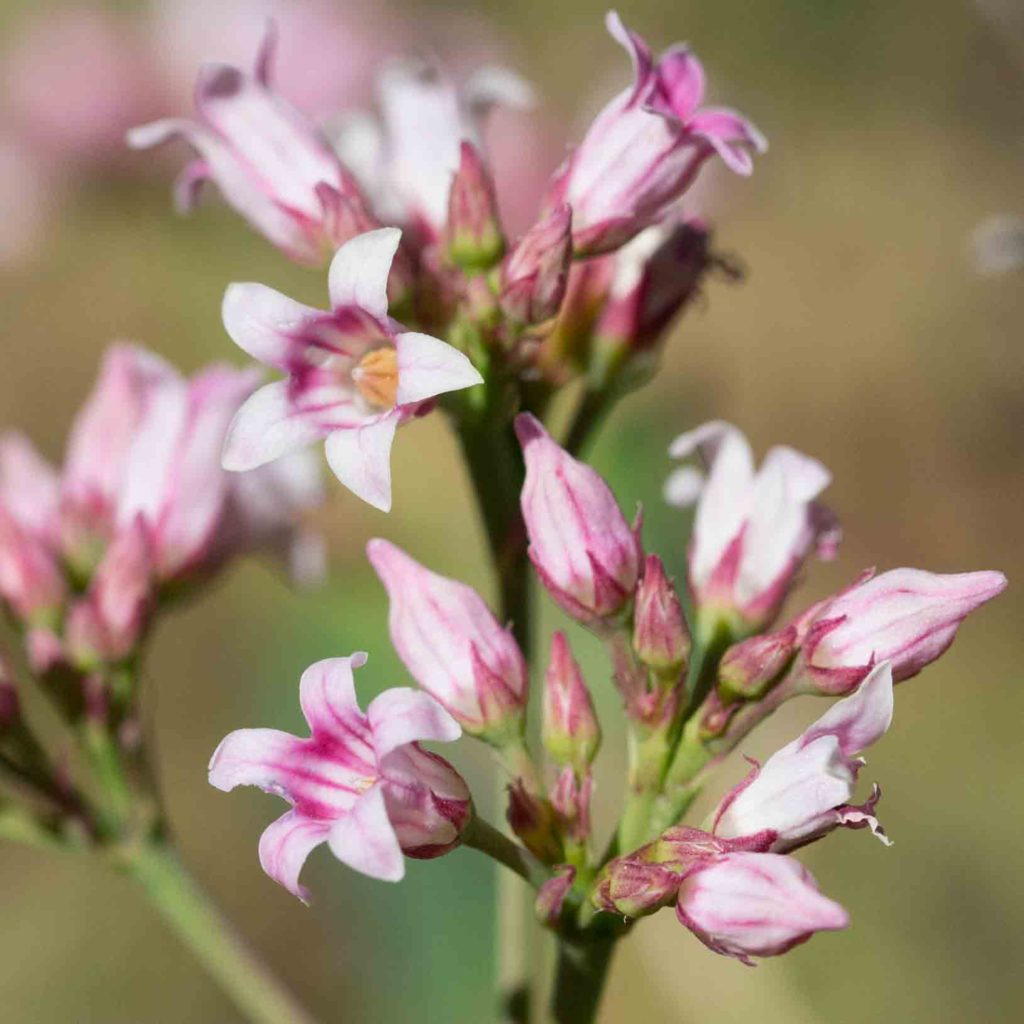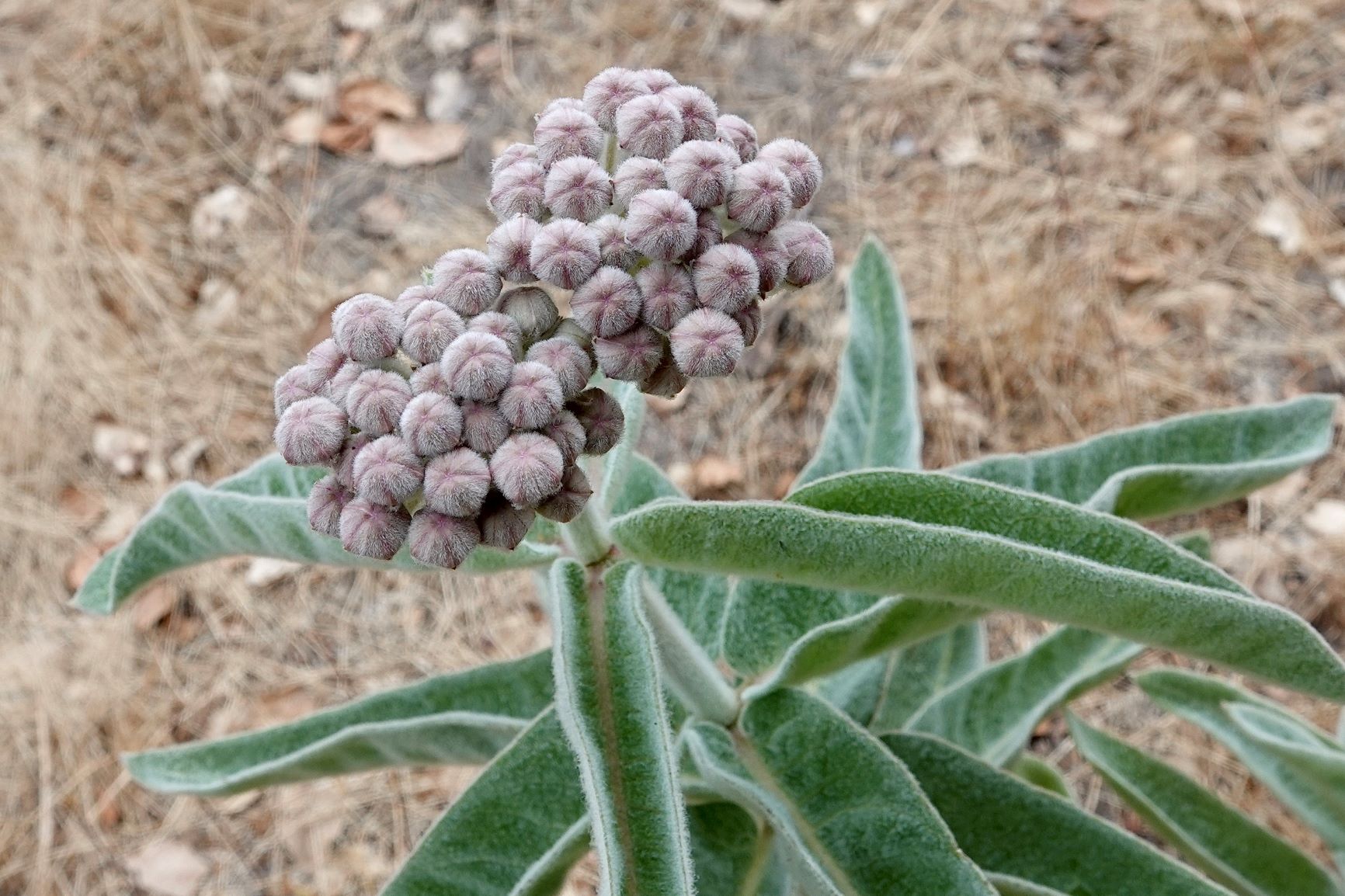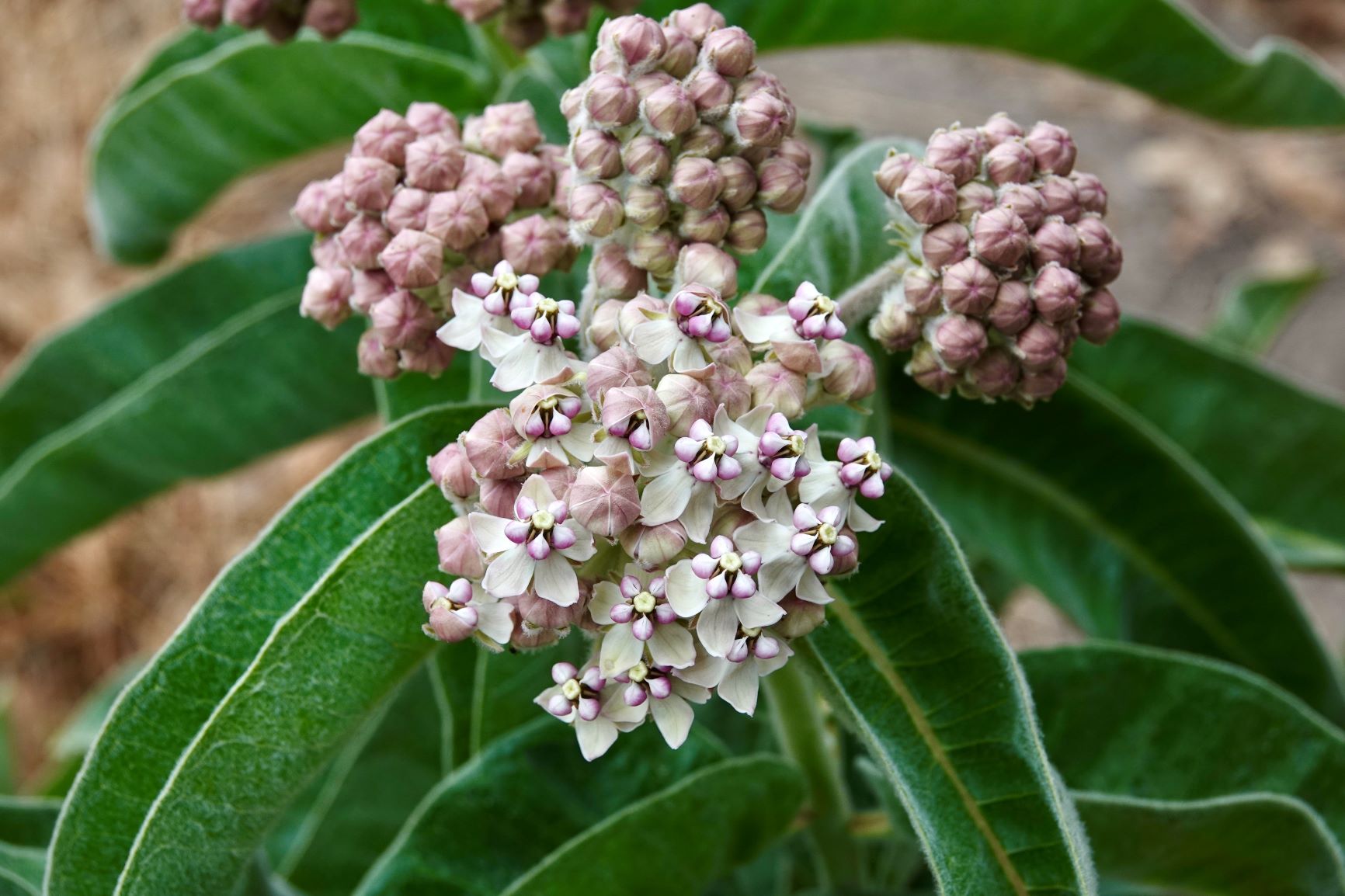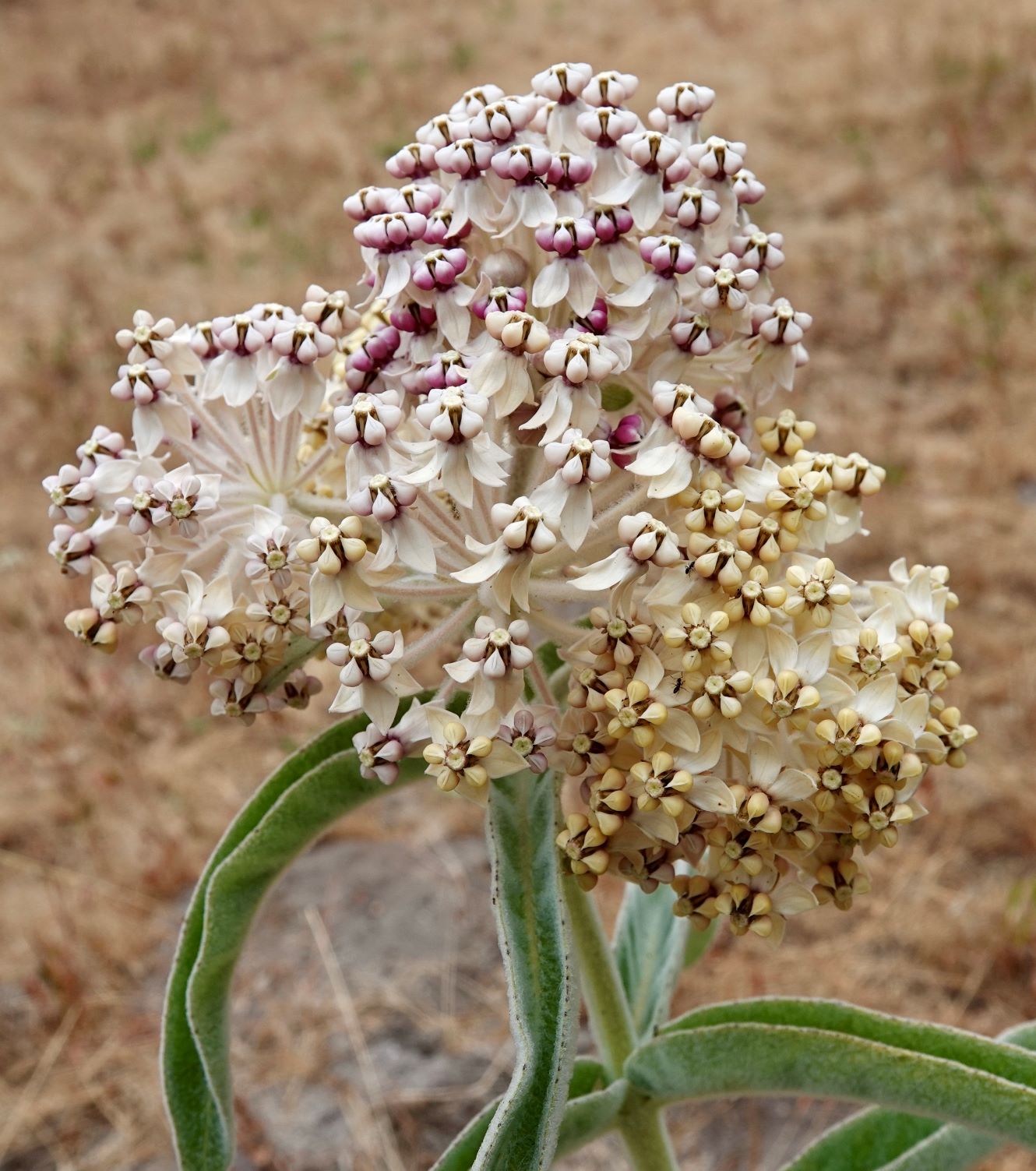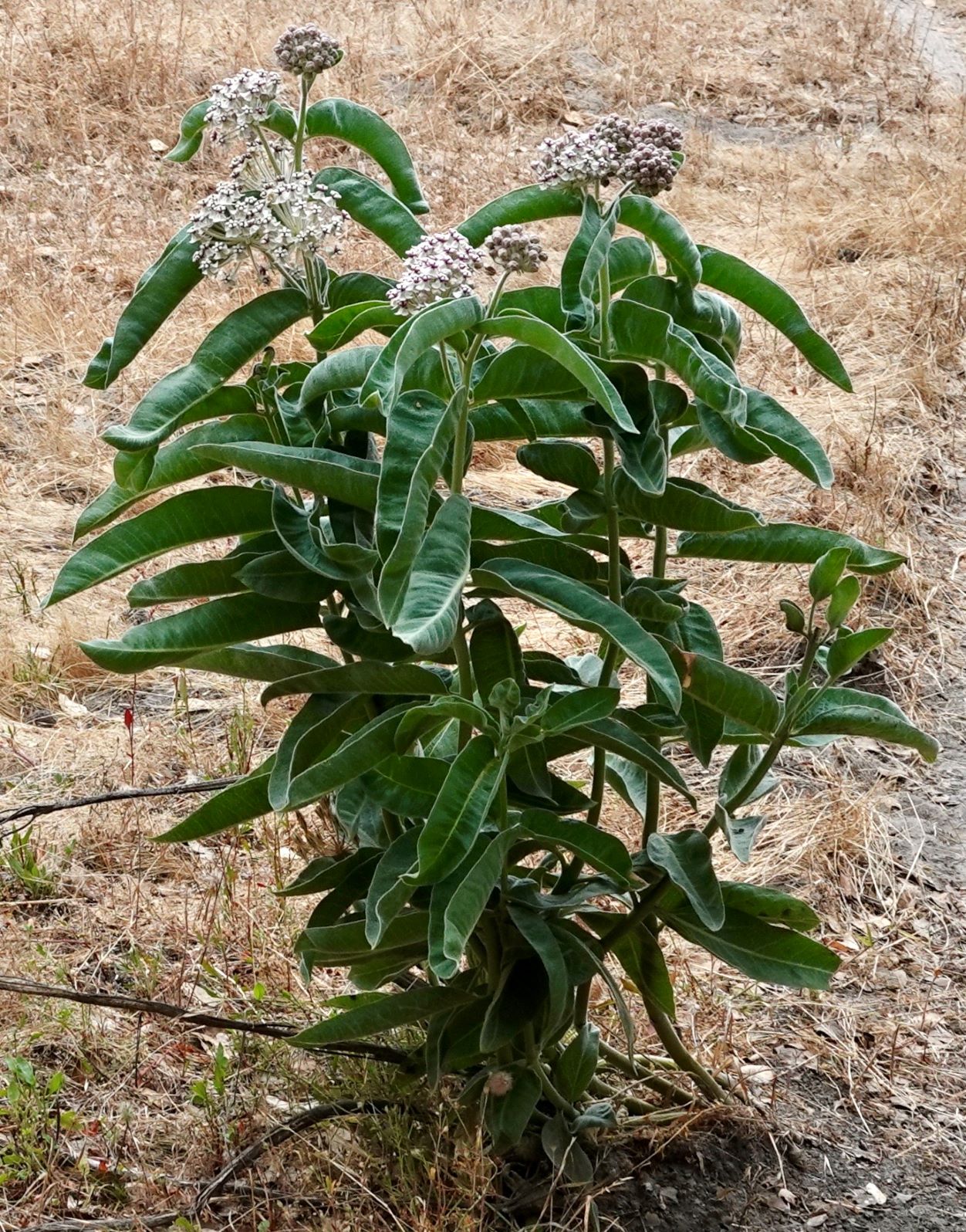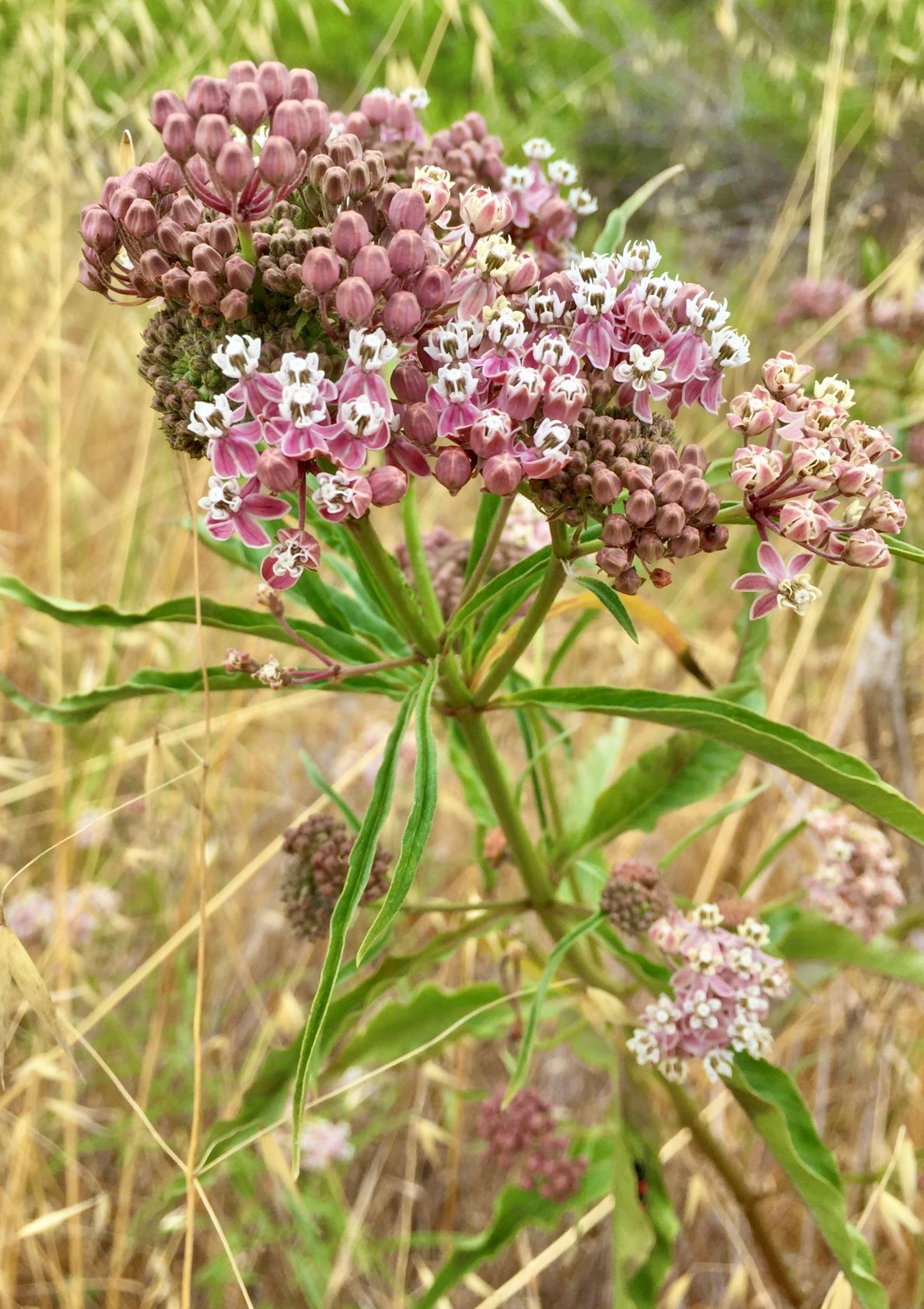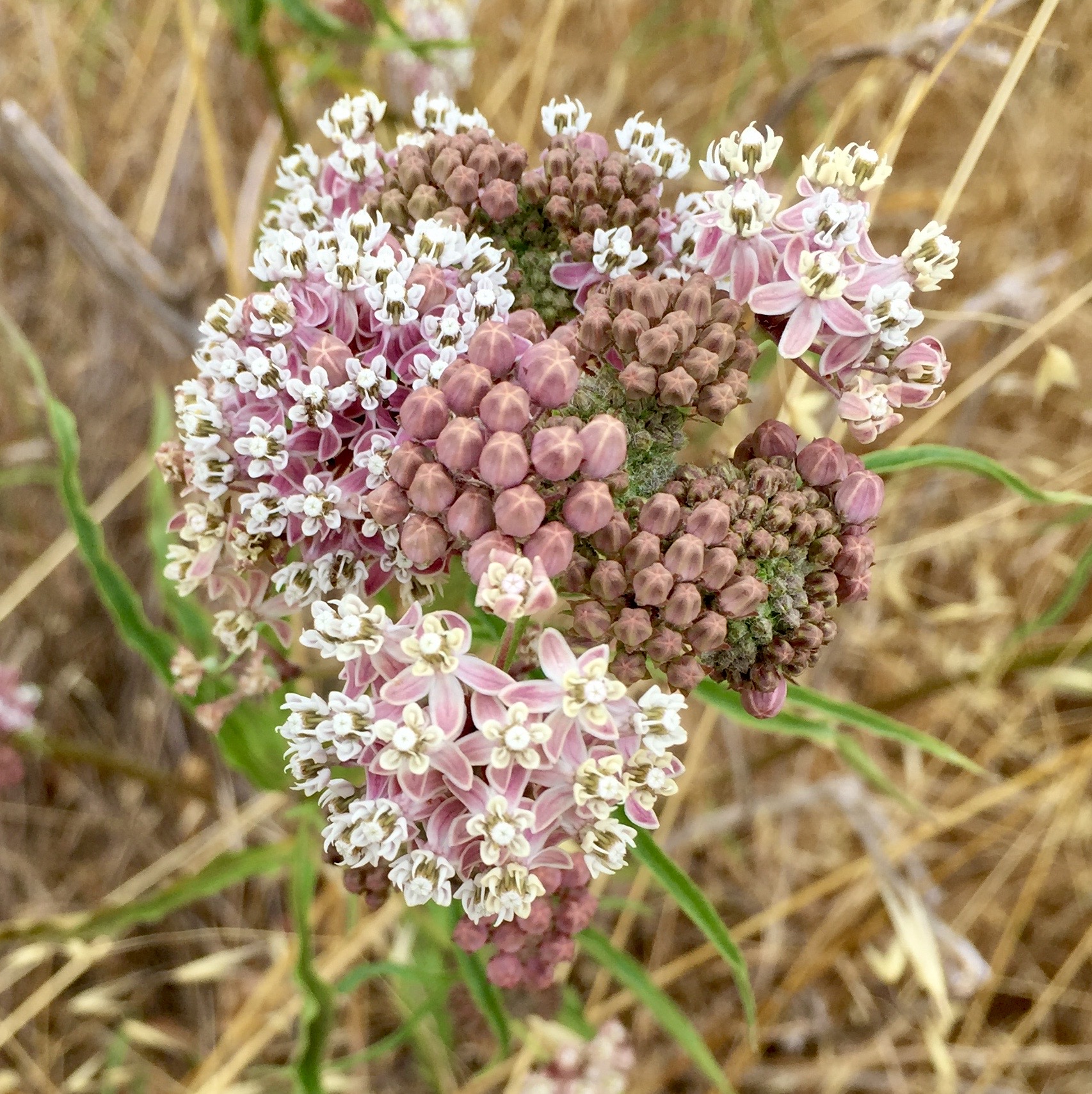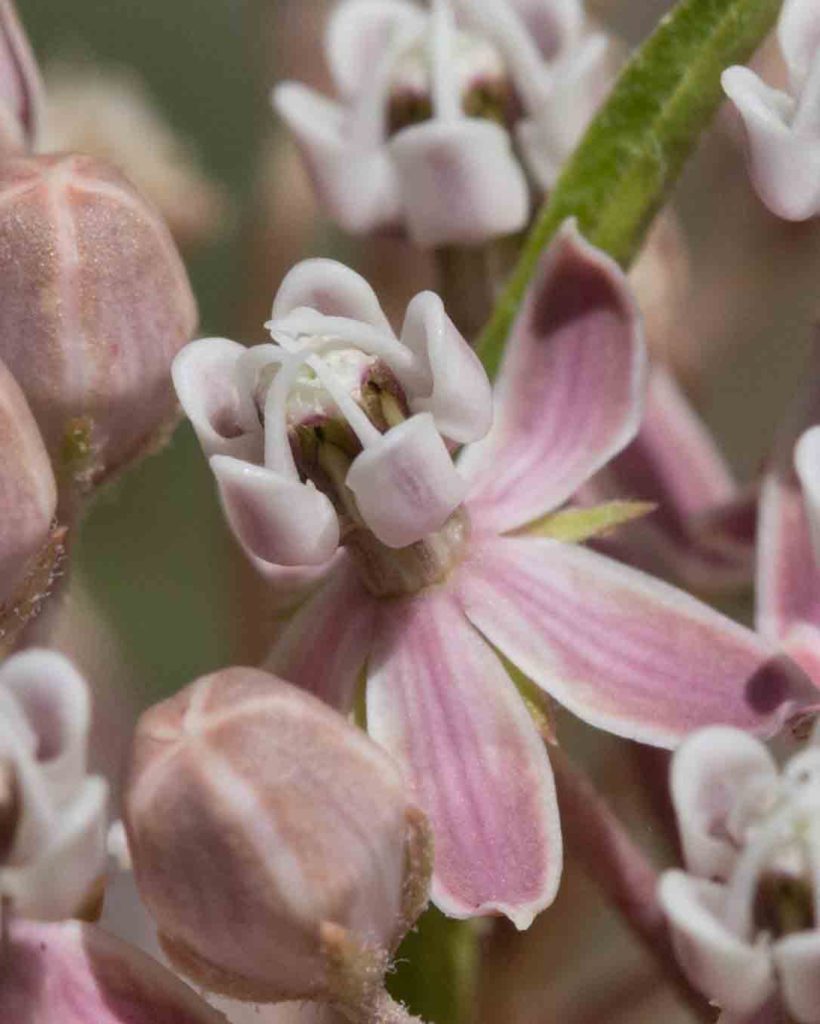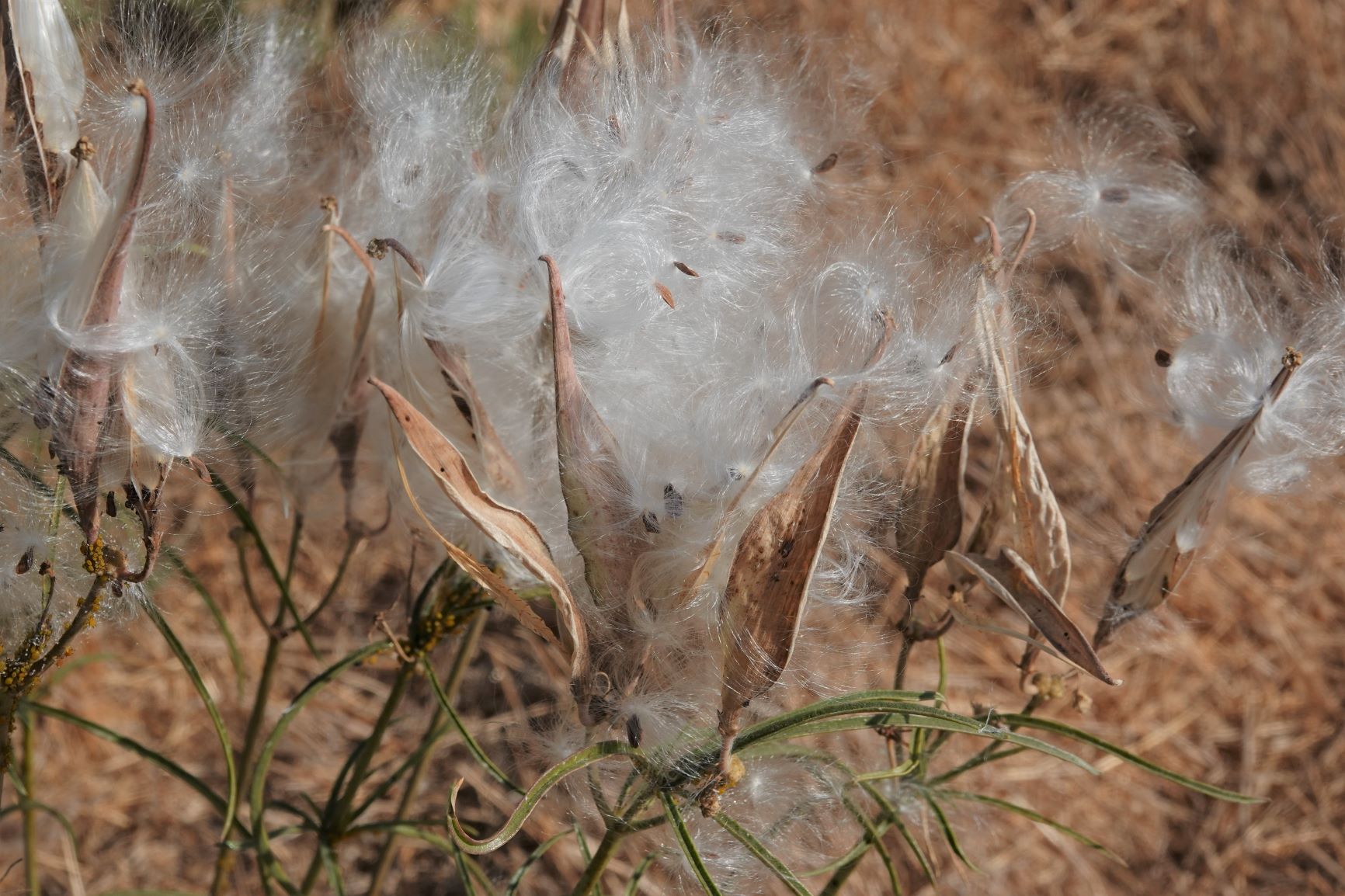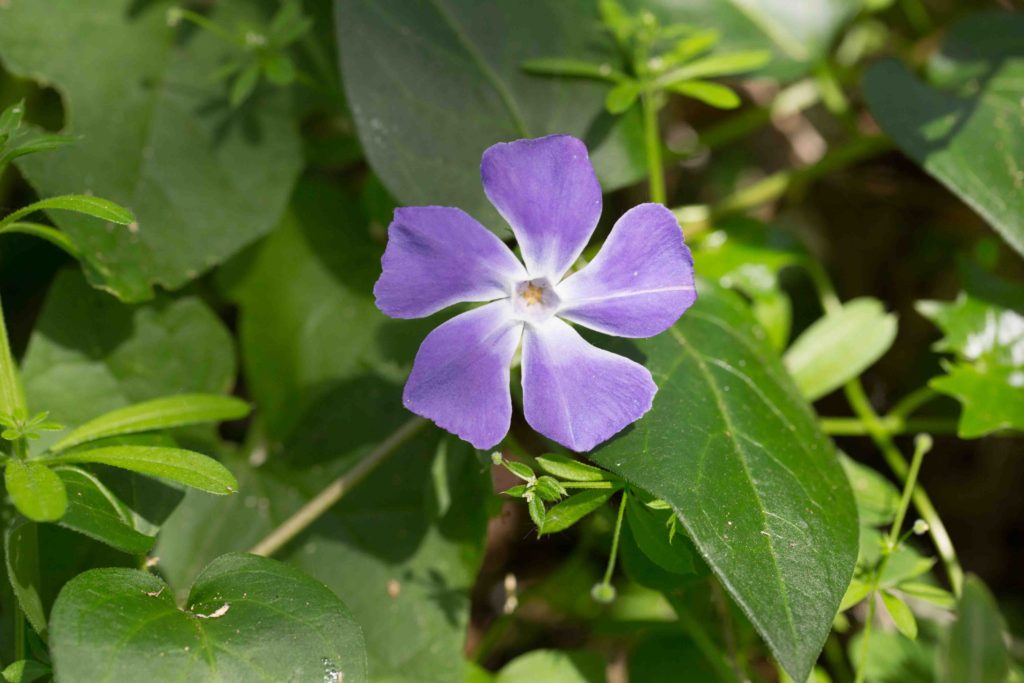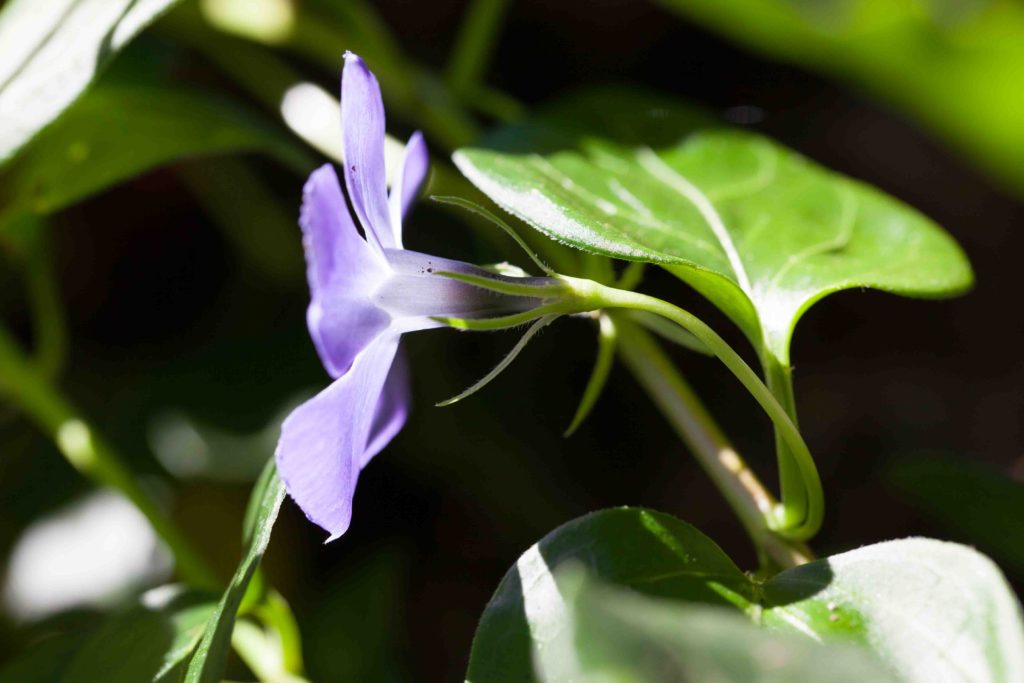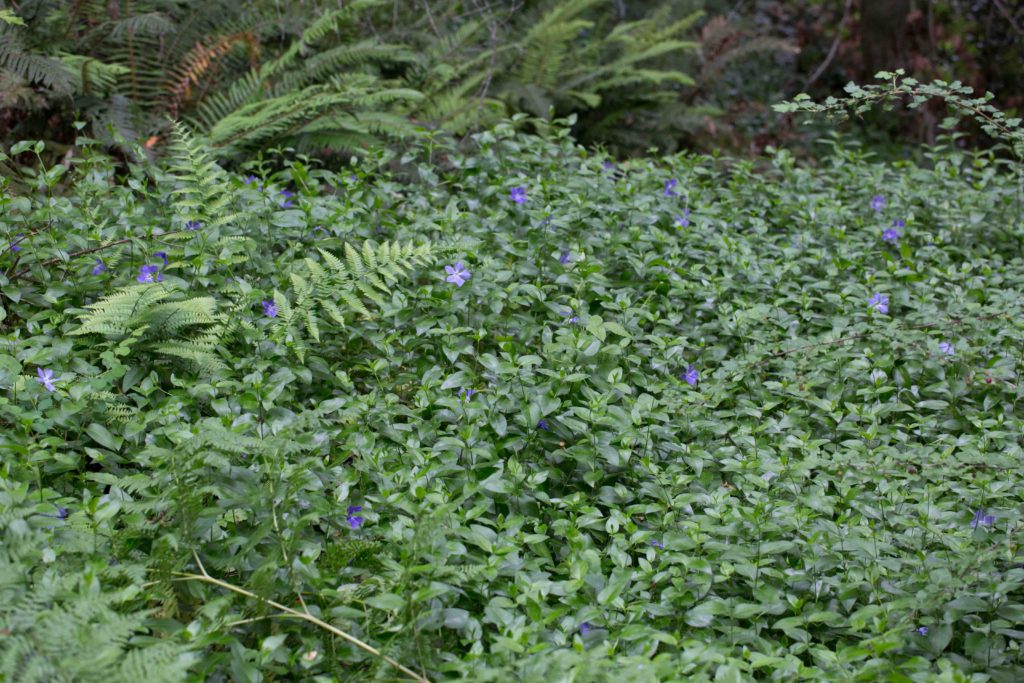Apocynaceae: Dogbane Family
Spreading / Bitter Dogbane – Apocynum androsaemifolium
Blooms:
Mar–Oct
Plant Height:
16–30 cm
Flower Size:
Small
Origin:
Native
Habitat:
Dry flats & rocky slopes above 1000 m
Notes:
This is a low-growing plant, with stems diffusely branched, and milky sap. The drooping leaves have smooth margins, shaped as pointed ovals. The flowers are in small terminal clusters, pink or whitish with pink stripes, and 5 stamens. Pedicels are 4 mm long, and the bell-shaped corolla with its noticeably recurved lobes is 3 x as long as the calyx. The plant is poisonous.
Woollypod Milkweed – Asclepias eriocarpa
Blooms:
May–Oct
Plant Height:
40–80 cm
Flower Size:
Large cluster
Origin:
Native
Habitat:
Dry, barren places
Notes:
This toxic plant has distinctive pale gray, felty leaves, and long stems with dense clusters of small flowers. Fuzzy buds burst into the unusual flowers, which are usually pink, but may be white or purplish. They have distinctive reflexed petals, and 5 hood-like appendages, each with a small projecting horn at the top. The fruit is large and greenish-yellow. Leaves are opposite, or whorled in 3s or 4s. Milkweeds are a favored food source for Monarch Butterflies. Formerly called Indian Milkweed. Photos by CJH.
Narrow-leaved Milkweed – Asclepias fascicularis
Blooms:
May–Oct
Plant Height:
40–80 cm
Flower Size:
Large cluster
Origin:
Native
Habitat:
Dry ground in valleys & foothills
Notes:
Flowers are similar to those of Woollypod Milkweed (Asclepias eriocarpa, see above). However, these appendages are more cup-shaped than hooded, and the horn is strongly exserted. Petals are green-white with a purplish tinge. Leaves are narrow, glabrous and opposite or whorled in 3s or 5s. There are often smaller leaves in the axils. Fruits are erect, long and narrow splitting to release fluffy seeds. Photos #1, 2 and 4 by CJH.
Greater Periwinkle – Vinca major
Blooms:
May–June (Jan)
Stems:
Trailing
Flower Size:
Medium
Origin:
Europe
Invasive?
Yes – Moderate
Habitat:
Generally sheltered places
Notes:
This garden escapee has distinctive bluish-purple flowers, and a sprawling growth habit. The arching stems often root at the tips. It spreads very aggressively.
